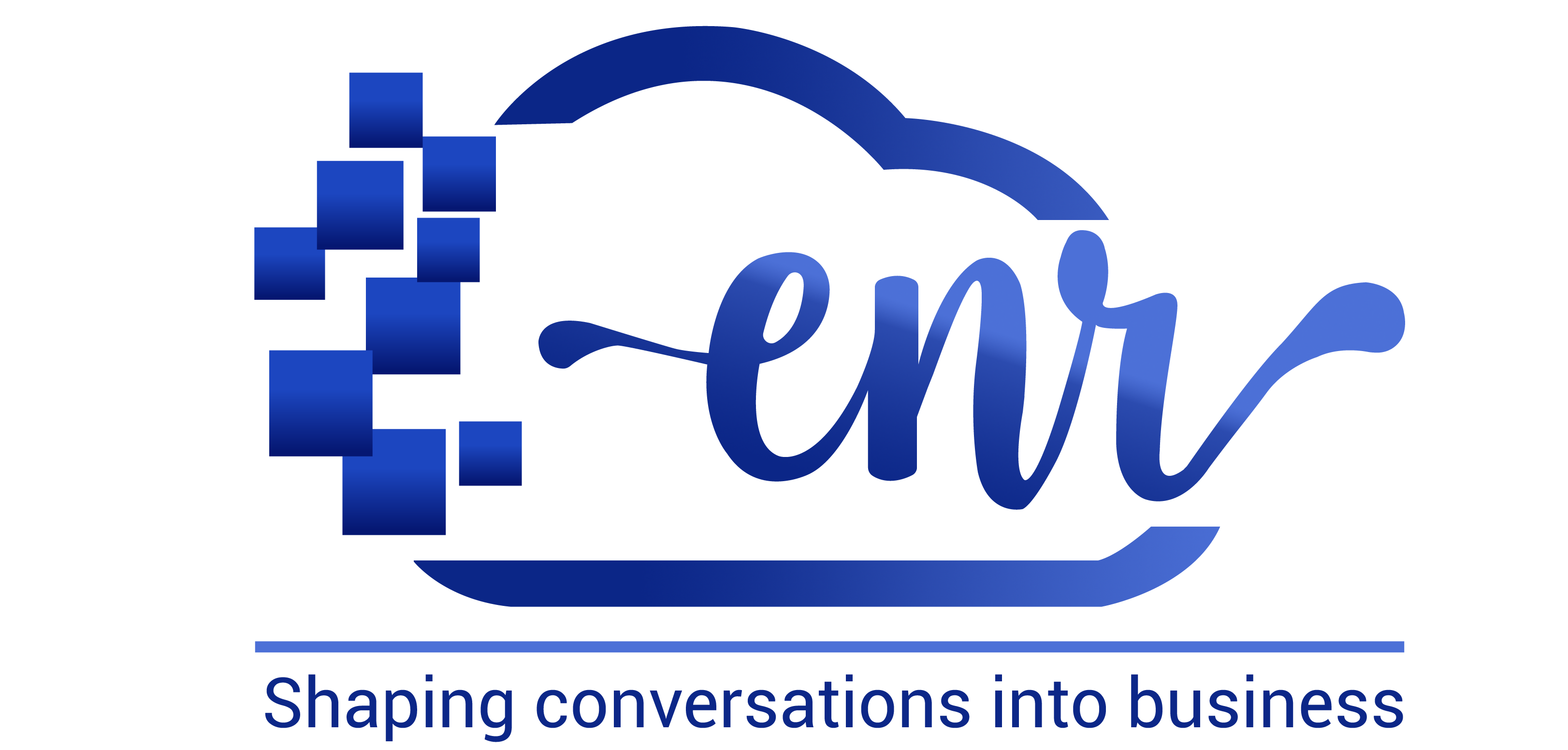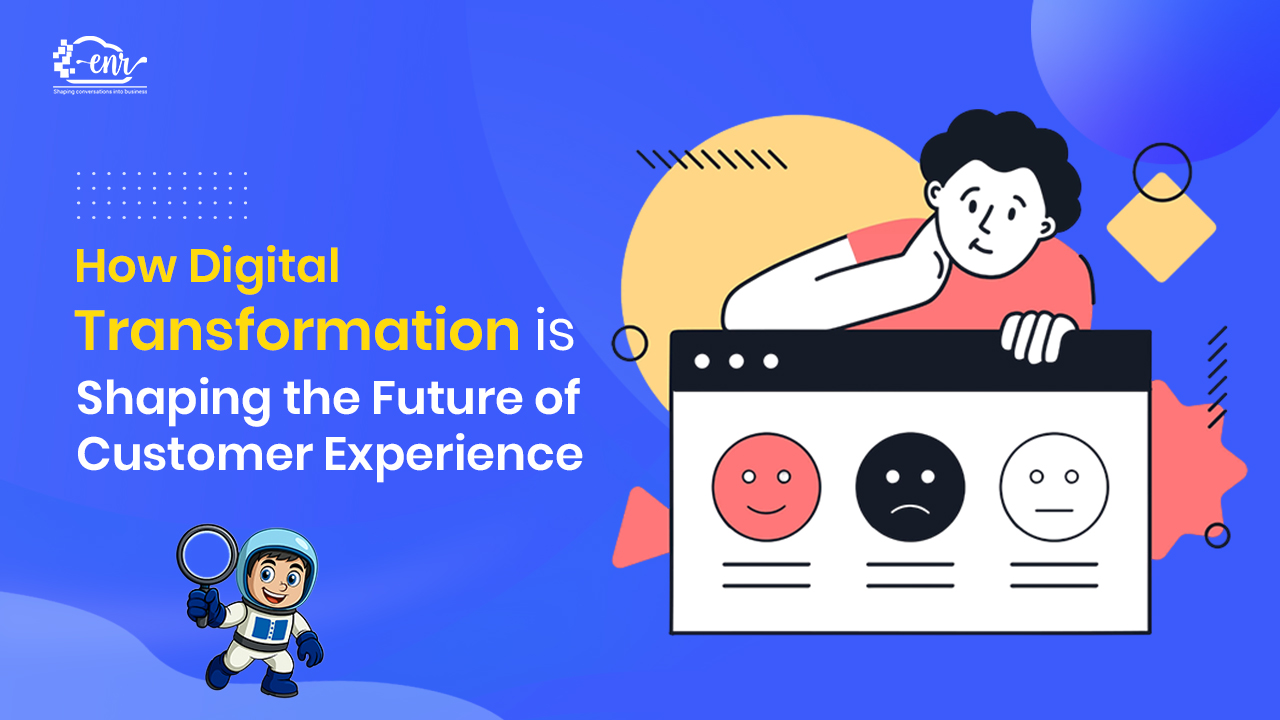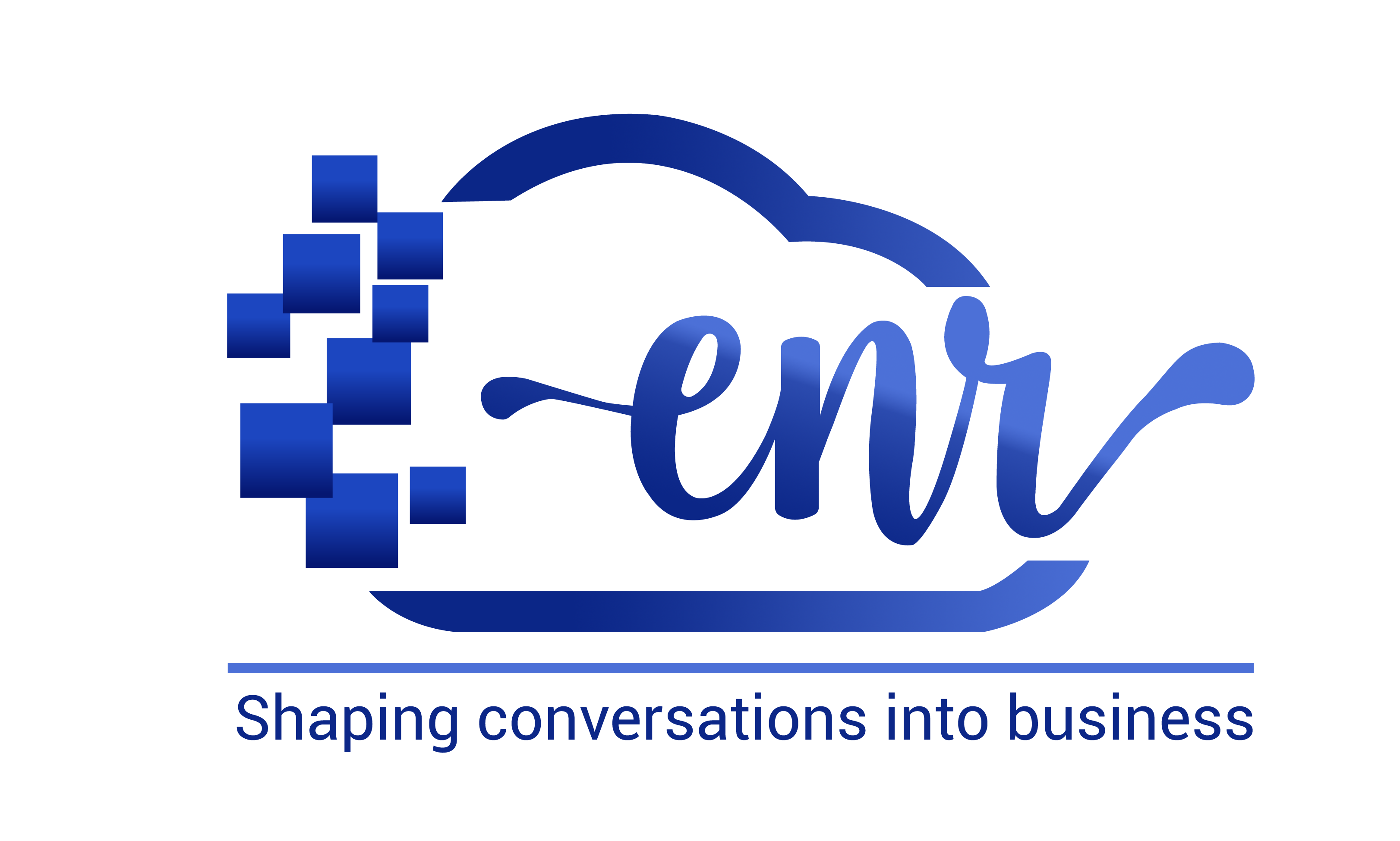Email Marketing is still one of the Strongest and most cost-effective channels for Brands across different verticals. Usually, the campaign execution teams take email marketing lightly as they think it is similar to SMS marketing.
However, the story is completely different. Email Marketing is an Art and Science and It’s important to understand the Parts of an Email Marketing.
Why are these parts of an email critical? What are their key roles in the success of Email Marketing?
Know All the Parts of an Email In Details:
The Email Envelope: Just like paper, an email consists of 2 parts: the envelope and the message (letter) itself. Email envelope is a technical term but it’s the most important and critical component when it comes to Email Deliverability which means where your emails are landing.
Email Envelope refers to the metadata that is hidden from the recipient’s view and contains essential information for email delivery. Usually, there are 3 tags in an Email.
Tag 1 – This is added in the Image, If in case the package cannot be delivered due to any unavoidable reasons, the post office will use this address to return it back to the sender.
Tag 2 – This is again amended in image to identity Recipients name and Address.
Tag 3 – It’s a stamp by the post office that contains the time and name of the town, say IP address and location.
The HEADER FROM address is what the end user usually thinks of as the FROM address. It’s visible to all email users and displays in the FROM field of an email. This address is read by users and email clients but isn’t used for email delivery.
The “envelope from” is a return path, which is the return address hidden in the email message header that instructs mail servers or inbox service providers (ISPs) where to return the message. In case they bounce (For example Soft Bounce or Hard Bounce). This Email address is used for email delivery.
Sender Email Address: The sender’s details are critical parts of an email as they give end-user information about who sent the message. The sender’s name represents the identity of the sender, brand, company organization, A2P, or Peer-to-peer. This establishes the first level of interest, context, and Trust.
Using a suspicious/ spammy name or email address reduces the chances of your recipients engaging with the email as the end user thinks it is fishy or comes from an unauthorized person/brand.
Subject line: The subject line is one of the most important pillars in the success metric of Email Marketing. Based on the subject line, the recipient decides whether they open the Emails or not. The subject line is all about creating curiosity so that users can open the email and engage with the brand.
Given the limited space on mobile screens, a concise subject line can significantly influence open rates.
Research suggests that 69% of recipients may report an email as spam based only on the subject line.
33% of users choose to open emails because of catchy subject lines.
82% of marketers ensure that their marketing emails have subject lines with a character limit of 60.
Email open rates are the highest when the word count is between one to five.
Preheader While the “From” label and subject line are the first elements a recipient sees, the prehead gives them their next taste. When viewed in an inbox, it’ll show the initial text of the message that could entice a recipient to open the email. Your email preheader is the text that is seen alongside your subject line in the inbox. If you think of your subject as the headline, your pre-header text is the subheadline.
Salutation: One of the essential parts of an email is the salutation. It’s where you greet the recipient and establish a connection with them before making an offer.
Don’t overlook the power of a compelling salutation, as it sets the tone for an impactful email and determines how a recipient will feel while reading your email.
Attachments: The attachment is critical when the brand is sending the information about the transaction history, say Bank Statement, Mobile Bill, or any policy and Premium. The standard Email Size has to be 100 KB in email marketing, however for Transaction email we can increase the size. Make sure we can target only the subscribed users.
Email CTA (Call to Action) – When all is said and done, your email hasn’t served its purpose if the recipient is not compelled to act.
Just after the email body, the next parts of an email is the CTA, which you can use to persuade recipients to take action.
CTAs should be clear enough to stand out without getting lumped in with other parts of an email.
Email sign-off and closing: Contact information and social media links: – Finally, you’ll want to add social media links and other contact links for subscribers to get in touch with you. It’s always good to sign off an email with the various channels available to subscribers to engage with the company.
Email footer: The email footer is where you put your regular links, such as social media page links- Facebook, LinkedIn, X, Instagram, and more. It should include an unsubscribe link, your disclaimer statements, and access to a preference center. If someone wants to change the frequency of emails, they can do this through the preference center.
Email marketing has various parts and it’s important to understand the role of each part. Each Email part has its own role, and the brand has to understand the importance in depth.
If you want to know more about it, Let’s connect with our domain expert at hello@enrcloud.com or log in to blog.enrcloud.com for more details.
Also Read- Know All About Email Marketing Vs Marketing Automation
Amit Bhateja is the co-founder of enrcloud and helping brands and Unicorns from the last 15+ years and overachieve their Engagement and Retention goals. He is passionate about solving customer problems with modern technology, new age solutions, and consultancy approach. Besides Building ENR, He enjoys reading books, spending time with his family and Teammates, traveling, meeting new people, learning new things, and love to close the business deals.





